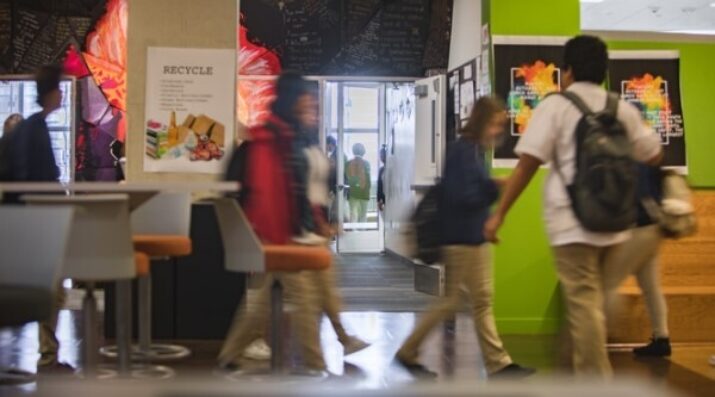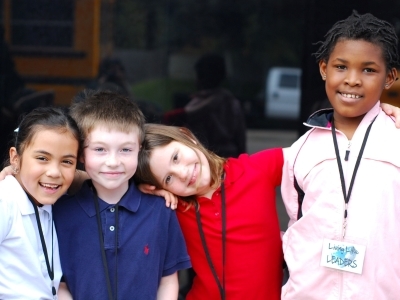The Architecture of Transformation
Topics

When educators design and create new schools, and live next gen learning themselves, they take the lead in growing next gen learning across the nation. Other educators don’t simply follow and adopt; next gen learning depends on personal and community agency—the will to own the change, fueled by the desire to learn from and with others. Networks and policy play important roles in enabling grassroots approaches to change.
School districts can use these tools to provide a shared purpose and promote coherence and alignment for learners, educators, and leaders.
When I was a kid, I used to design buildings. I’d sketch out intricate floor plans and cityscapes on large posters. This creative outlet was fun, but it was also an exercise of meaning making and shaping as I imposed my ideas on an environment. It helped me better understand my role in a bigger world.
As we do the work of supporting districts around the country seeking to transform K-12 education towards something that is better for kids, I have come to realize that the same conceptual architecture is needed within those contexts.
We all need help with wayfinding and good architecture provides clarity for people—implicitly supporting specific uses and encouraging a range of interaction between people. To extend the analogy, school districts need the same type of architecture in their efforts to support systemic transformation; there is the need for a more explicit blueprint with clear wayfinding and scaffolds to measure progress, as well as provide guidance around supports needed to attain goals.
2Revolutions is currently experimenting with bringing a set of tools together to see how they collectively might promote greater coherence and alignment across the district, thereby making the concepts within these tools actionable. Each of these tools can turn words into behaviors and practice—for learners, educators, and leaders. They provide a statement of purpose and a way to deliver on that concretely. All of these should be generated in partnership with stakeholders so that they are owned by those stakeholders. Interested in learning more? See examples of each tool!
- Portrait of a Graduate. A North Star for every district, this is your community-driven vision for what you want learners to know and be able to do. This sets the tone for everything and should be the lens through which you think about structures, culture, practice, and staffing. To be developed with students, families, educators, and community members who co-construct the promise of public education.
- Portrait of an Educator. This tool builds coherence and alignment, allowing you to realize your Portrait of a Graduate by providing greater clarity on the knowledge, skills, and mindsets educators need to deliver on the promise of the Portrait of a Graduate. These are the competencies around which professional learning focuses and from which educators are evaluated. To be developed with educators and leaders.
Find out how SAU-16 in New Hampshire developed their Portrait of an Educator, from Esther Asbell, the district's associate superintendent.
READ THE ARTICLE
- Portrait of a Leader. Also in alignment with the Portrait of a Graduate, this map of leadership competencies provides leaders with the clarity they need to stay aligned with the vision through their work. These are the competencies around which professional learning focuses and from which leaders are evaluated. To be co-created with building and district leadership.
- Balanced Scorecard. A way to transparently track and share progress against the portraits with clear metrics around learners, educators, and the system. This becomes a concrete tool for senior leadership teams to communicate broadly with their community and to collaborate concretely with their boards. To be co-created with key stakeholders throughout a system.
Increasingly, over the past few years, Portraits of a Graduate (also known as Graduate Profiles) have become more popular. Today, most states have adopted some version of a portrait, and many districts have or are in the process of developing something as an anchor to their strategic plans. I’d argue strongly that on their own, these can often be a hollow artifact—the proverbial poster on the wall at the entrance to the school building or the PDF on a district website. Where multiple of these tools exist, they are often disconnected from one another.
Taken alone, each of these tools moves beyond vision and values to provide clear direction. Imagine the potential when these tools reinforce one another by implicating key adult roles, and then sharing transparently with the community. Your floor plans and cityscapes will be forever altered, the promise of those visions more readily realized.
This article first appeared on the 2Revolutions blog. Learn more about aligning systems and student learning to the vision and values of your portrait with NGLC's Portrait of a Graduate in Practice.
Photo at top courtesy of NGLC.




